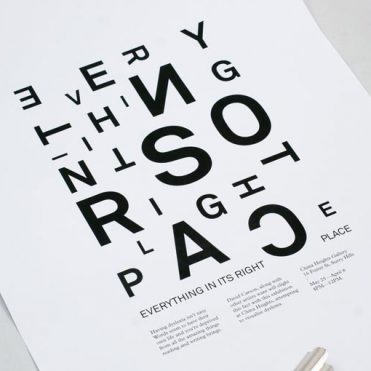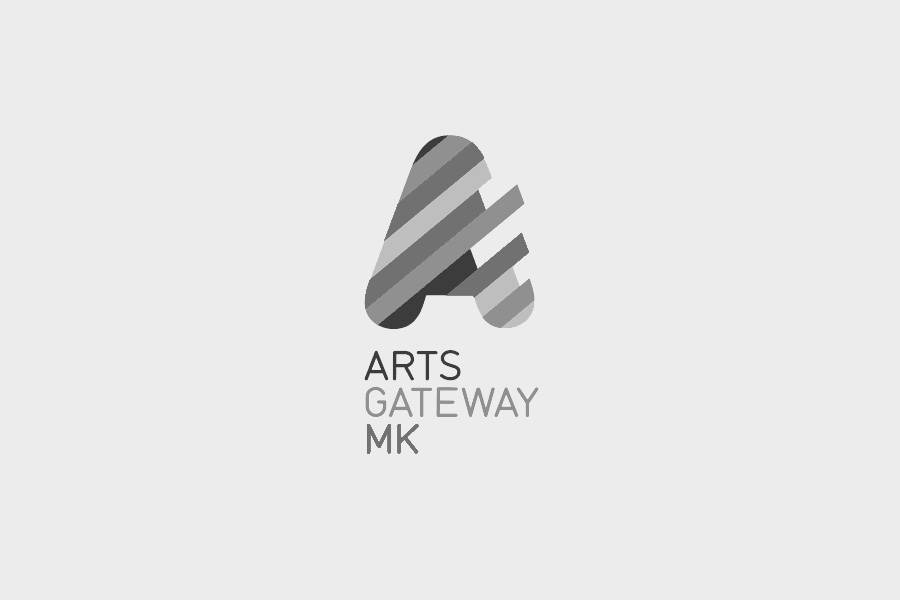Their best-known work is the film Der Lauf der Dinge (The Way Things Go, 1987), described by The Guardian as being «post apocalyptic», as it concerned chain reactions and the ways in which objects flew, crashed and exploded across the studio in which it was shot. Fischli lives and works in Zurich; Weiss died on 27 April 2012.
«Choose a job you love,
and you will never have to work a day in your life.»Confucius
David Weiss (21 June 1946 – 27 April 2012) grew up as the son of a parish priest and a teacher. After discovering a passion for jazz at the age of 16, he enrolled in a foundation course at the Kunstgewerbeschule, Zurich, where in his first year of study he befriended fellow artist Urs Lüthi.
Having rejected careers as a decorator, a graphic designer and a photographer, Weiss soon came to view a career as an artist as a realistic prospect. He studied at the Kunstgewerbeschule, Zurich (1963–4), and the Kunstgewerbeschule, Basel (1964–5); he subsequently worked as sculptor with Alfred Gruder (Basel) and Jaqueline Stieger (England). In 1967, he worked at the Expo 67 in Montreal, before travelling to New York, where he got to know the important minimalist art of the time. Between 1970 and 1979 he published books in collaboration with Lüthi. For most of 1975-78, he spent a great deal of time drawing in black ink, and had exhibitions at galleries in Zürich, Amsterdam, Cologne, and Rotterdam.
Works
Art critics often see parallels to Marcel Duchamp, Dieter Roth or Jean Tinguely in Fischli and Weiss’ parody bearing work.
Wurstserie (1979) was Fischli and Weiss’ first collaborative project, setting the tone for their future work. In the series, ordinary sausages and slices of sausages became the protagonists of scenarios, alluding to situations such as cars in a traffic accident in an urban setting, layers of carpets and other situations. By the end of the 1980s, the duo had expanded their repertoire to embrace an iconography of the incidental, creating deadpan photographs of kitsch tourist attractions and airports around the world. For their contribution to the 1995 Venice Biennale, at which they represented Switzerland, Fischli & Weiss exhibited 96 hours of video on 12 monitors that documented what they called «concentrated daydreaming»—real-time glimpses into daily life in Zurich: a mountain sunrise, a restaurant chef in his kitchen, sanitation workers, a bicycle race, and so on. For the Skulptur Projekte Münster (1997), Fischli and Weiss planted a flower and vegetable garden conceived with an ecological point of view and documented its periodic growth through photographs.


